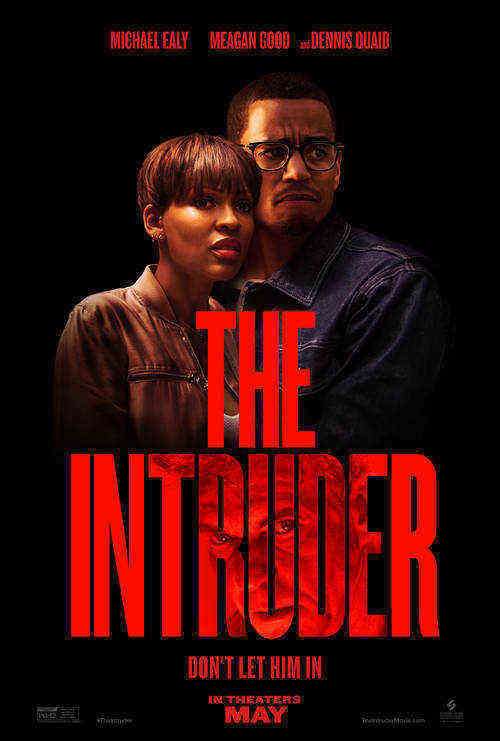When you hear the word “thriller” what comes to your mind? Really, it can make you think of any number of films. However, sometimes they have little in common beyond suspense. Oftentimes these films overlap with other genres including: action, horror, crime and mystery. Part of why they vary so much is because thrillers are frequently a product of their time. They draw on cinematic and cultural trends as well as public consciousness. What do the new wave of thrillers in the 2010s look like? A few trends stand out as influential films shape the direction of the genre.
New Wave of Thrillers

Renewing the Action Thriller
Action thrillers have a reputation as stock blockbuster material; lurid but lacking in substance. However, recent years have brought us films that re-frame this genre. They’re something worthy of more than just background noise for eating popcorn.
Now, this new wave of thriller films don’t rely purely on action scenes. Instead, they weave intrigue and characterization throughout the film which gives us context to the struggles on-screen. Inception defined this view of action thrillers in 2010. It was amazing and had a memorable style to the cinematography, CGI and plot. The key turned out to be its distinctive style.
Later successes are also highlighted by their own aesthetics. These films include the neo-noir John Wick films, Joon-ho Bong’s sci-fi Snowpiercer and Atomic Blonde, a spy film/action thriller featuring David Guillod as executive producer.

The Revival of Social Thrillers
For years, the term “social thriller” has been rarely used in Western cinema outside of film criticism. And, it is rarely used by producers or actors themselves. Broadly, movies called social thrillers crossed suspense and horror with commentary on social inequality. However, the term wasn’t thought of as a genre in itself. Some critics commented that this new wave of thriller films were often called social thrillers in an attempt to distinguish them from a perceived ‘niche’ genre.
Jordan Peele’s debut film, Get Out, changed this. Peele specifically used the term to describe “thriller/horror movies where the ultimate villain is society.” He noted that his film was not exactly a pure horror or psychological thriller but something close. Get Out won critical acclaim by blurring the supernatural and extraordinary with uncomfortably familiar fears in the real world. It created a commentary on the trauma of racism in modern day America.
Other horror and thriller films of the decade, even if they don’t get explicitly called “social thrillers”, take cues from this concept. For instance, the remake of Stephen King’s IT uses the so-called monster to underscore a community where the terrorizing and kidnapping of children gets overlooked by apathetic adults.

Where to Next?
Going into the latter part of 2019, the latest and biggest thrillers continue follow in the footsteps of these films. They feature larger-than-life action and horror side by side with real world fears, issues and anxieties. Recent releases like Peele’s Us and Guillod’s The Intruder use this same combination to leave viewers at the edge of their seats. John Wick: Chapter 3 – Parabellum keeps the franchise shining with its unique choreographic style. This year has been a good one for thriller fans, and with this track record 2020 may be just as promising.
Leave a Reply